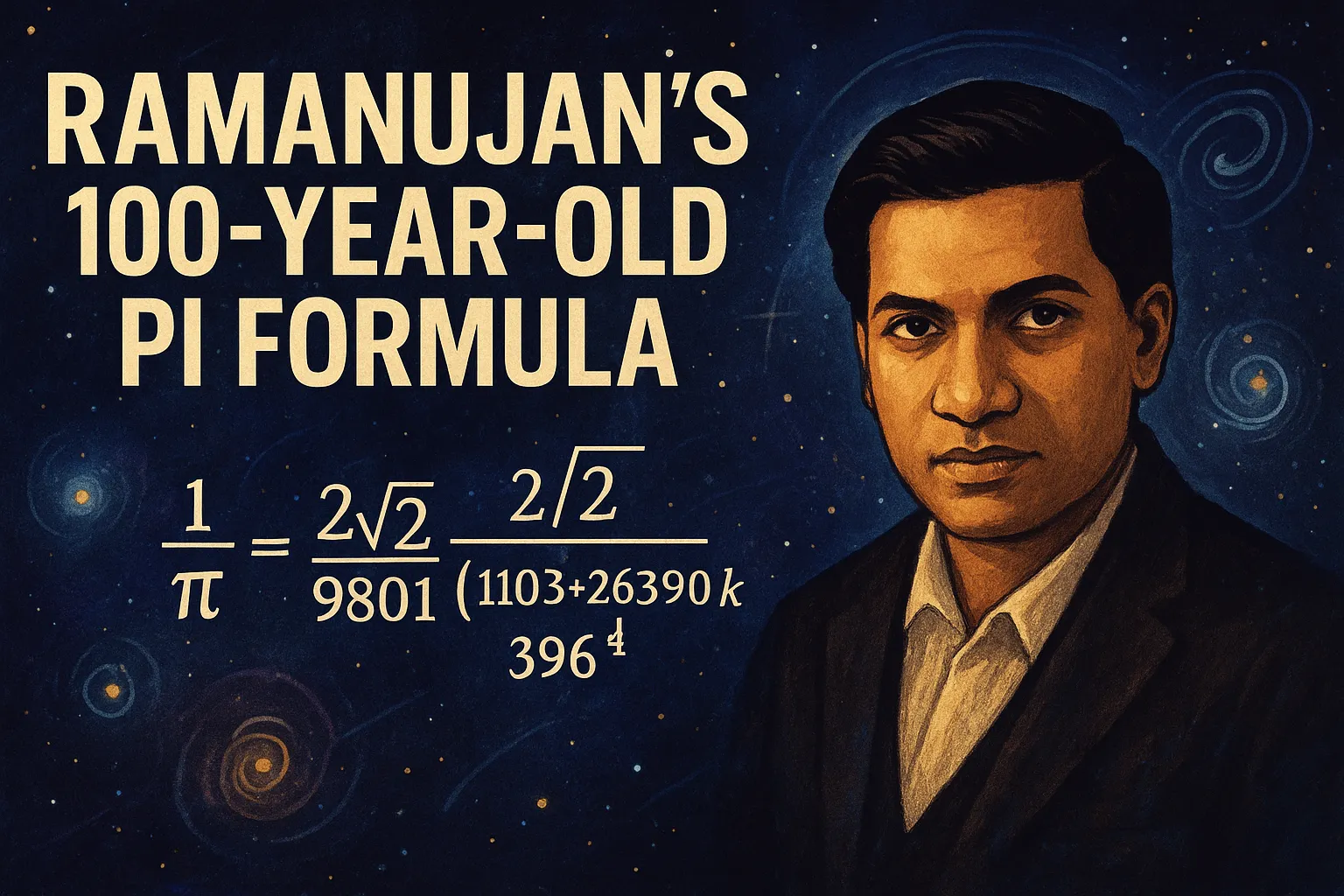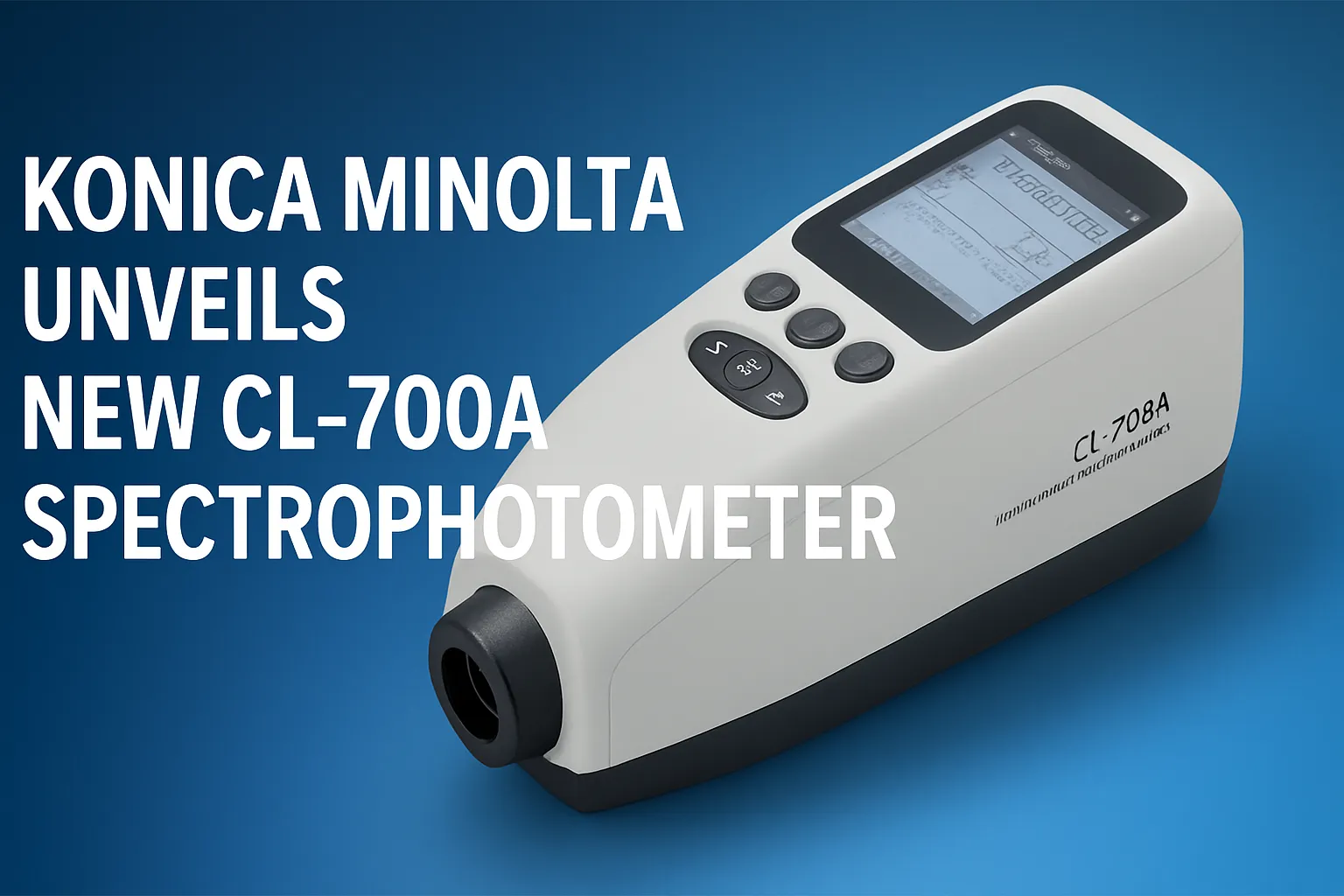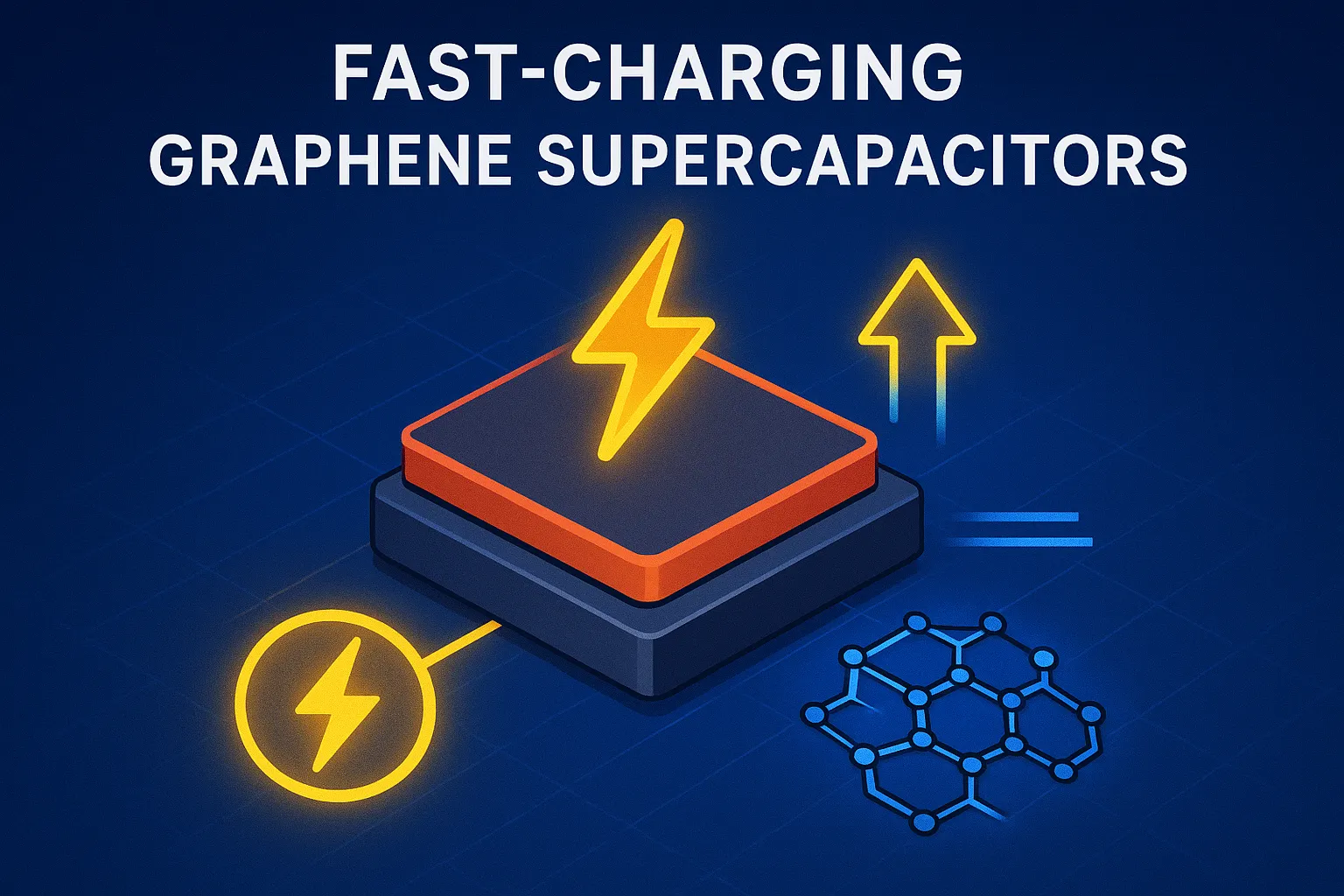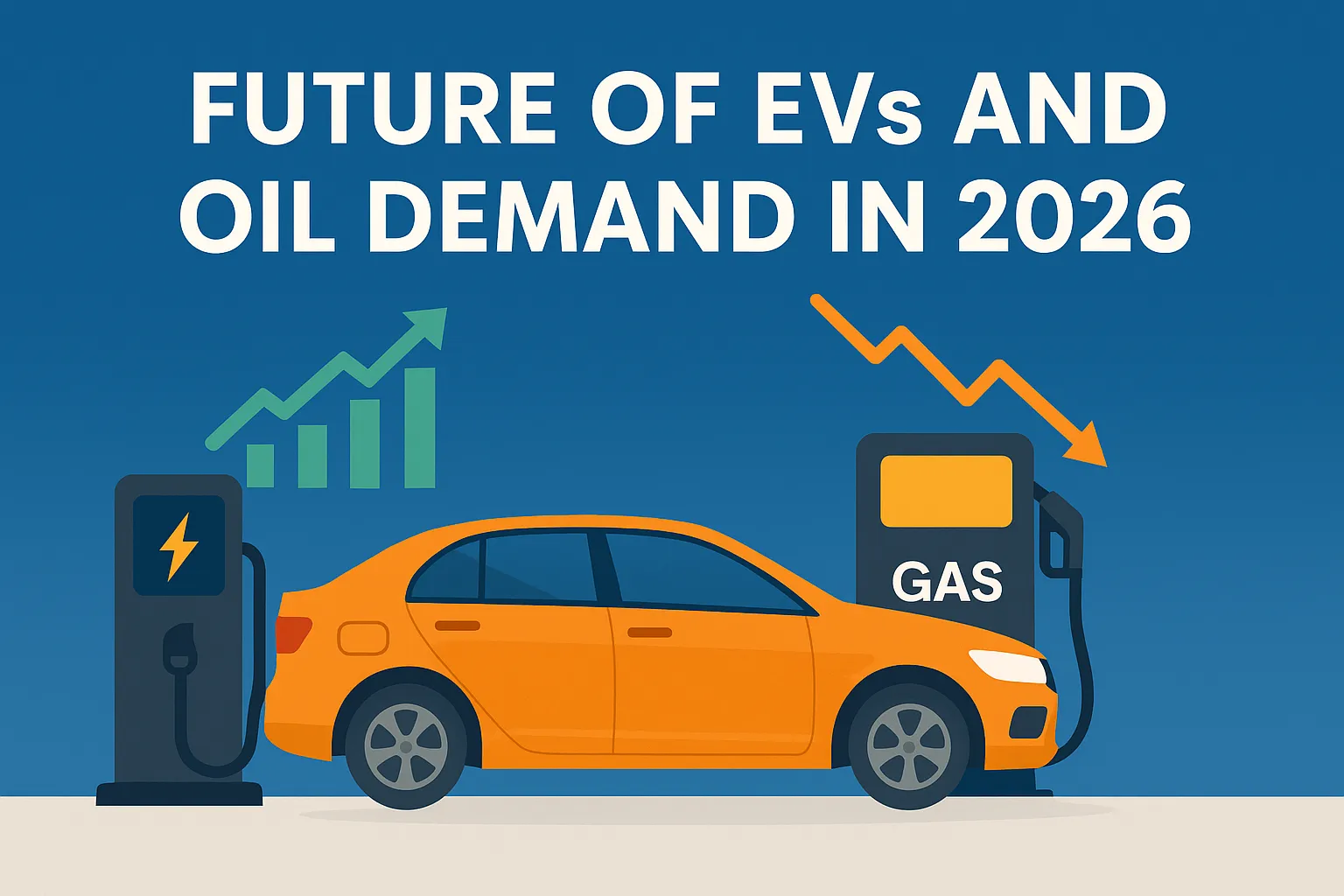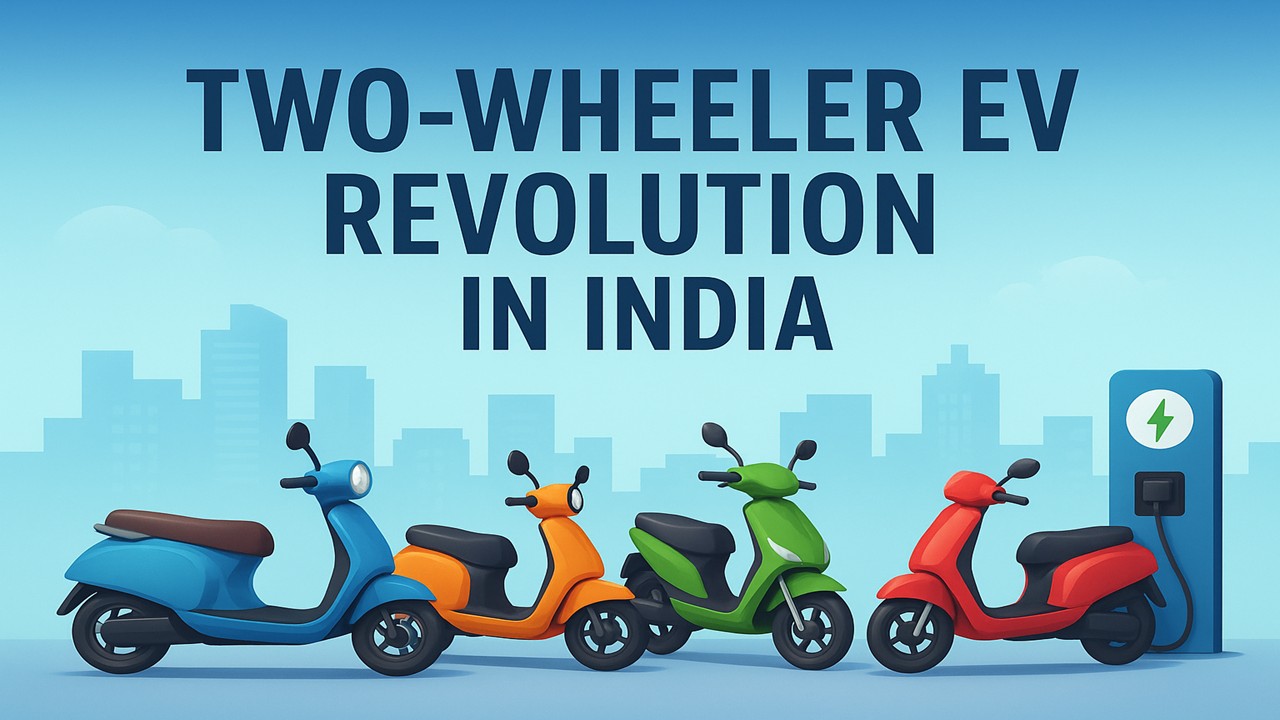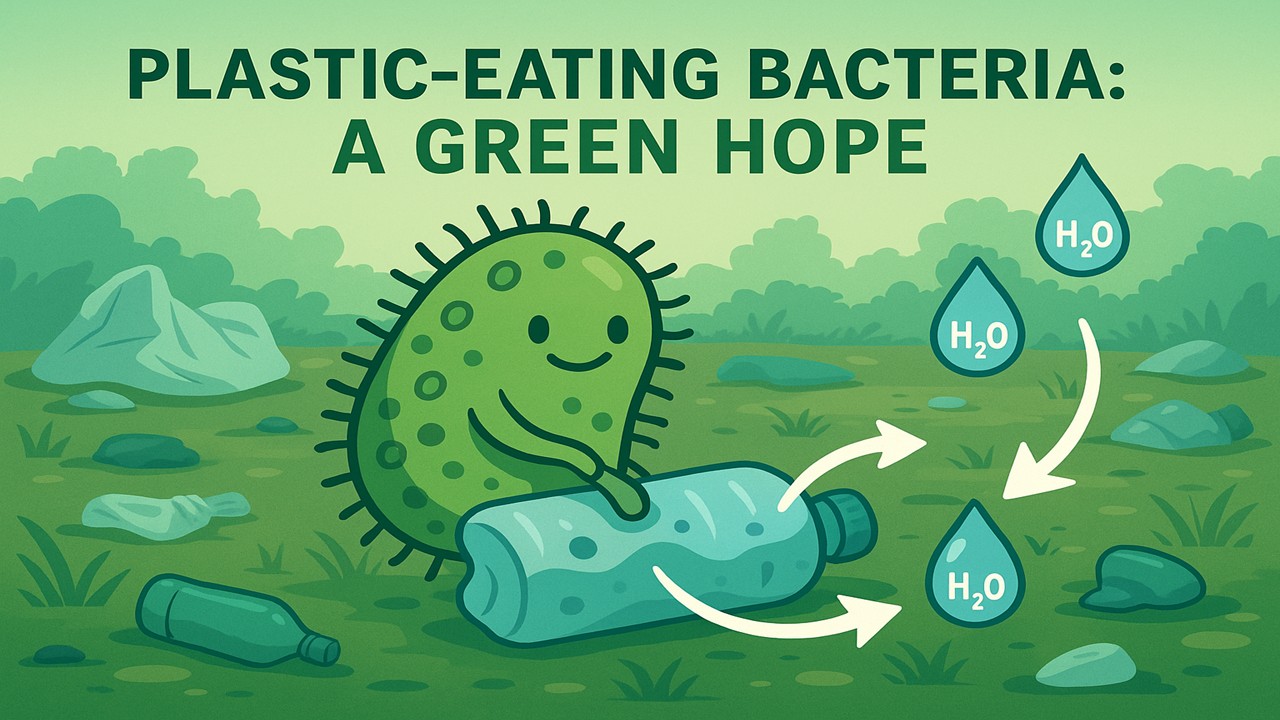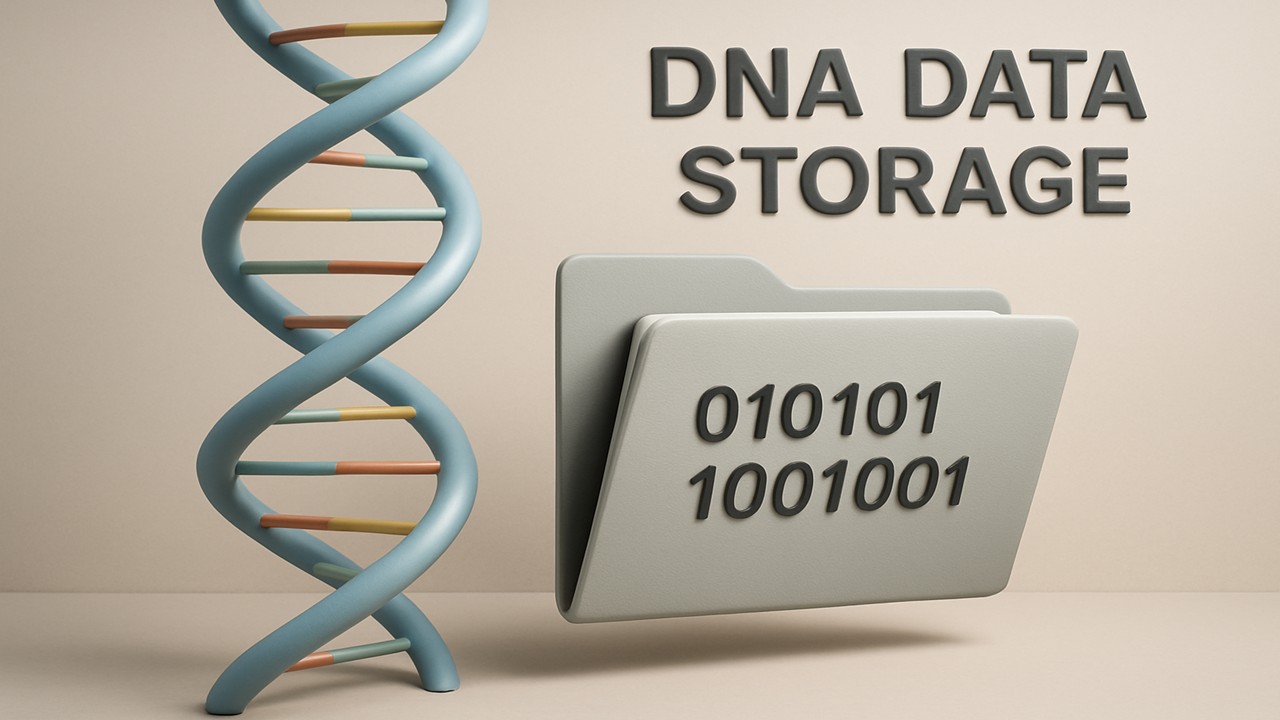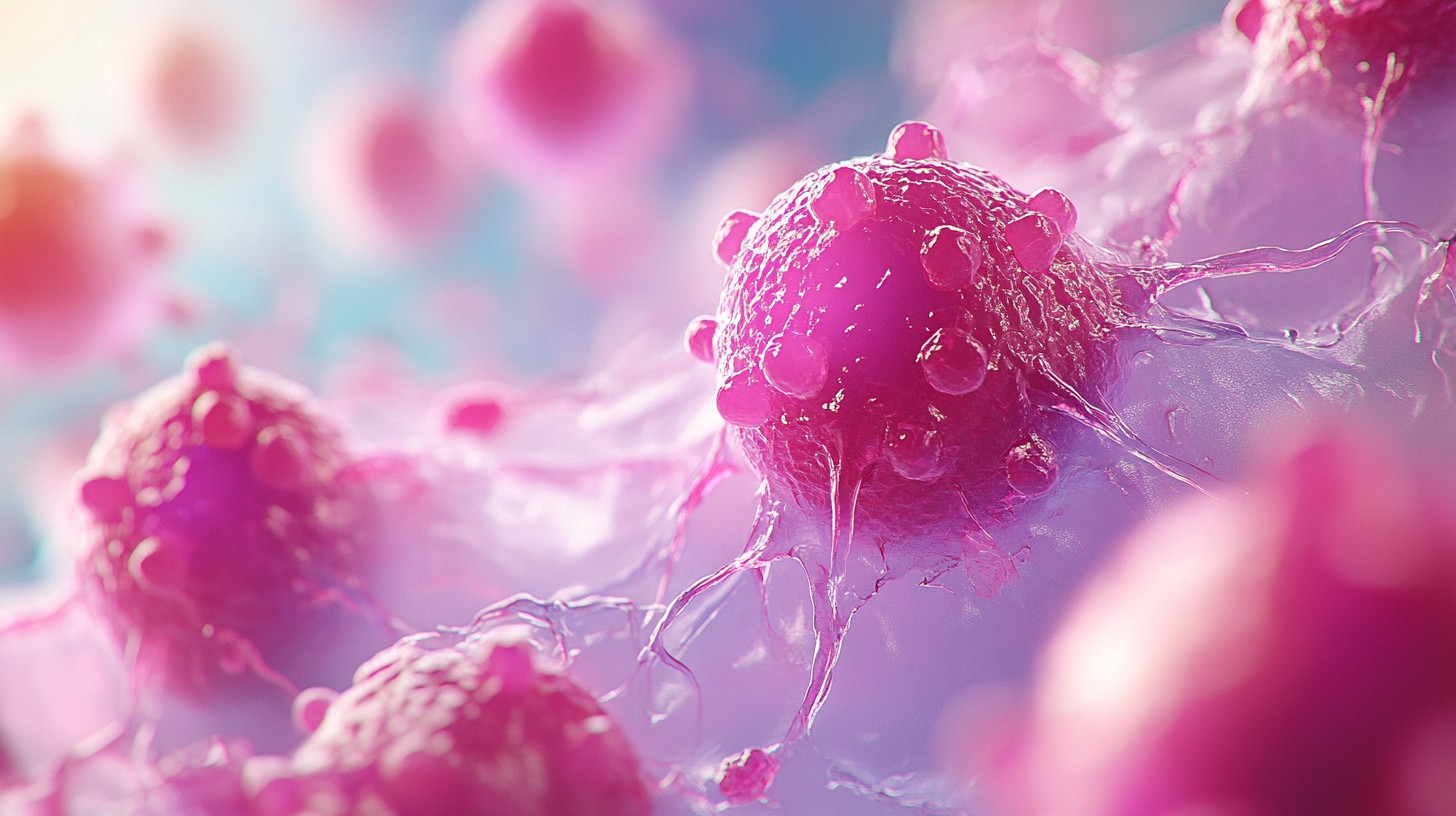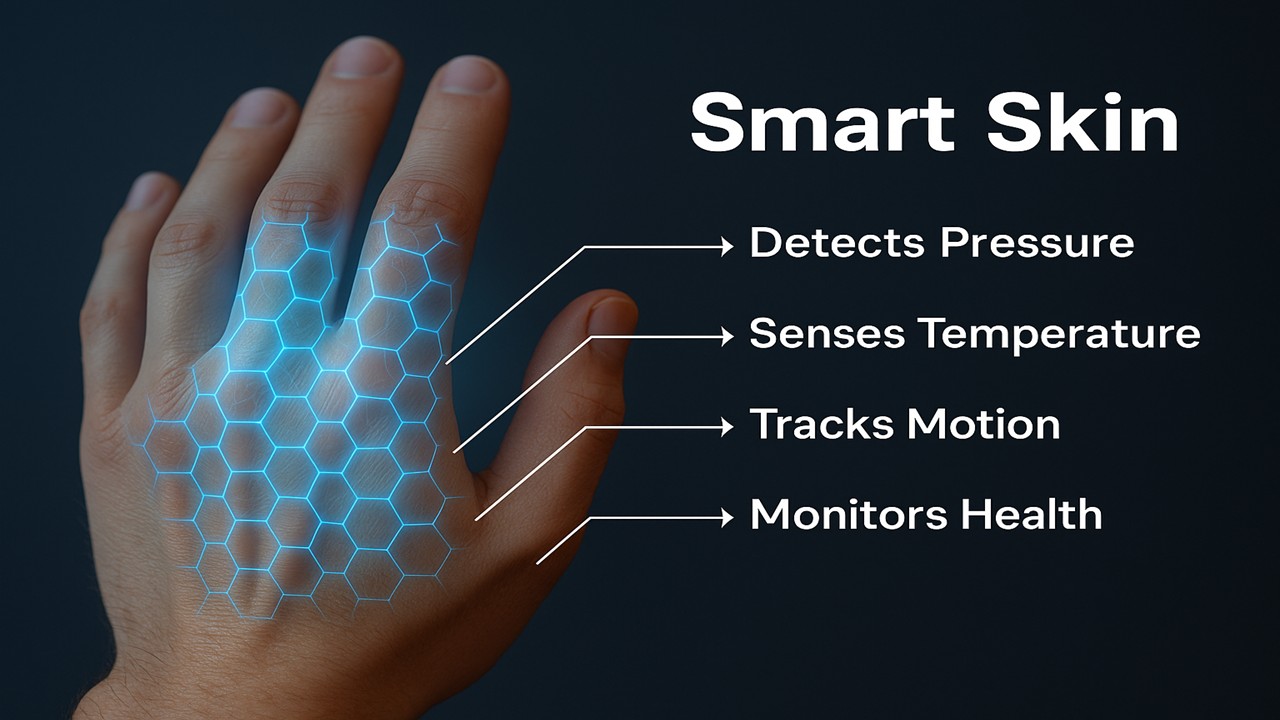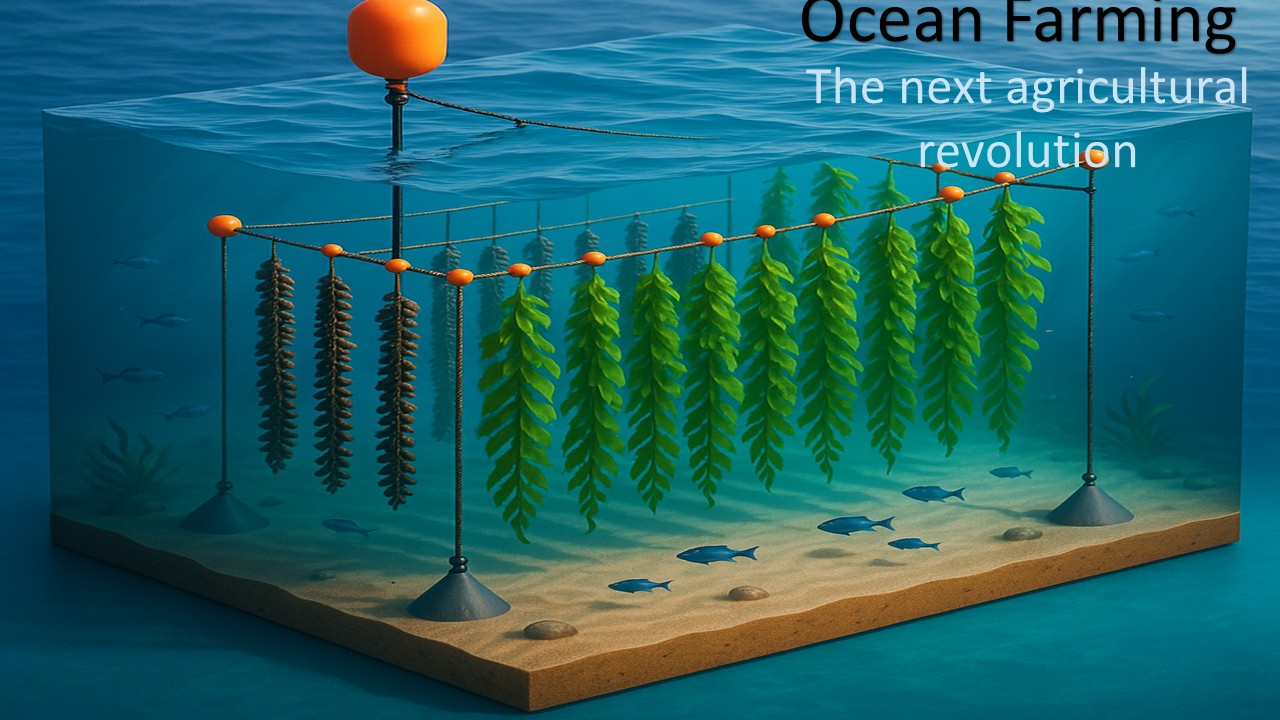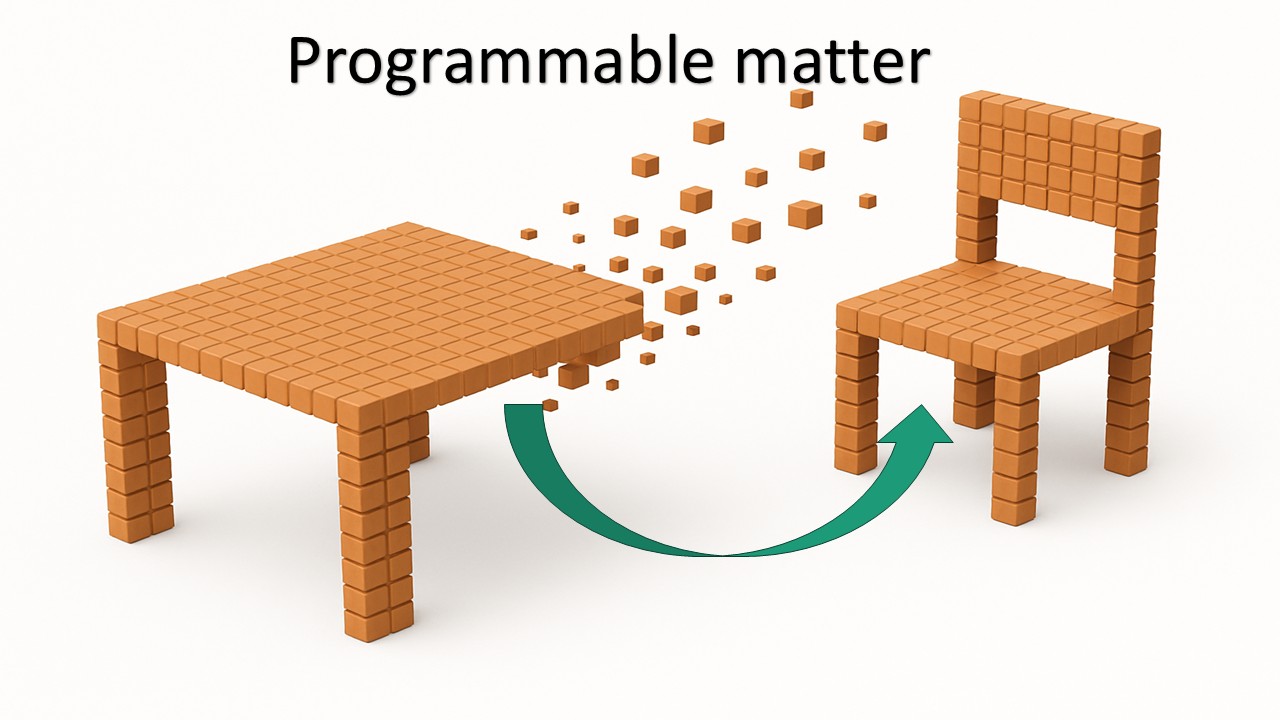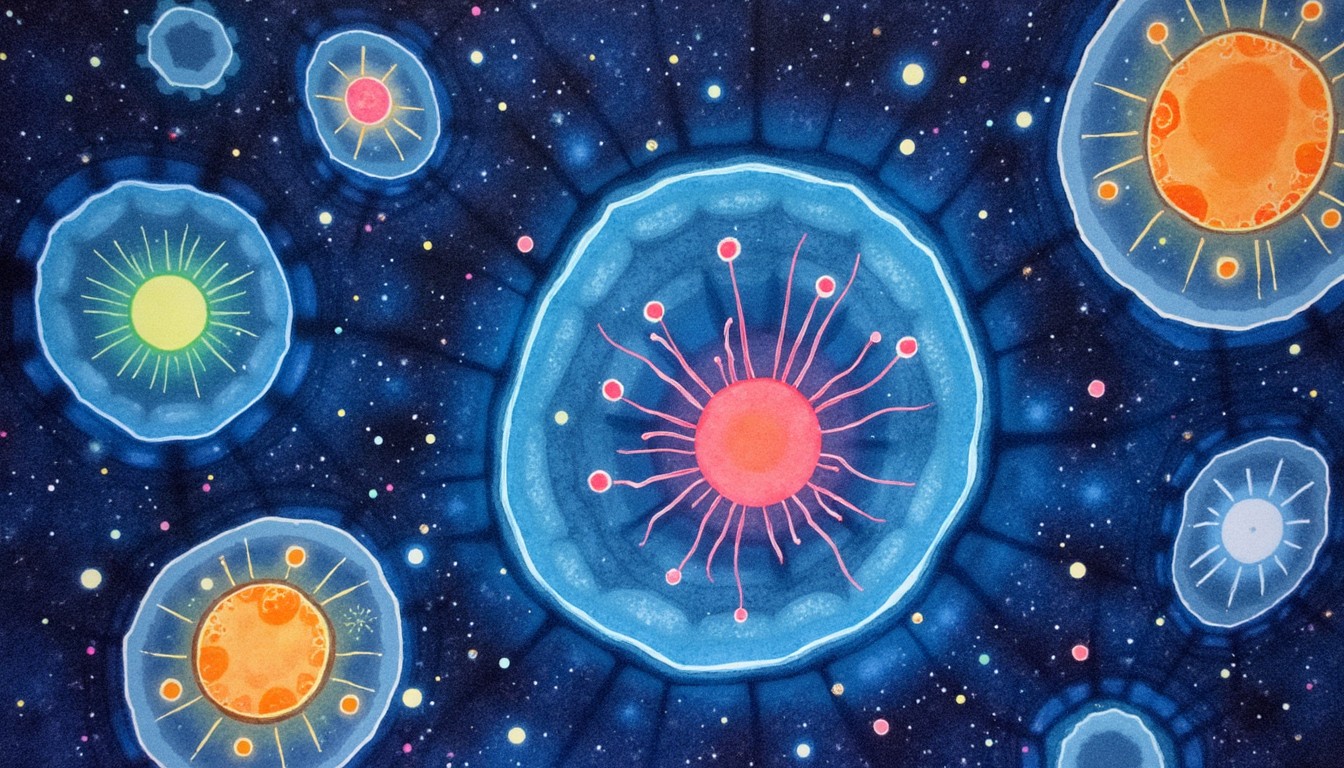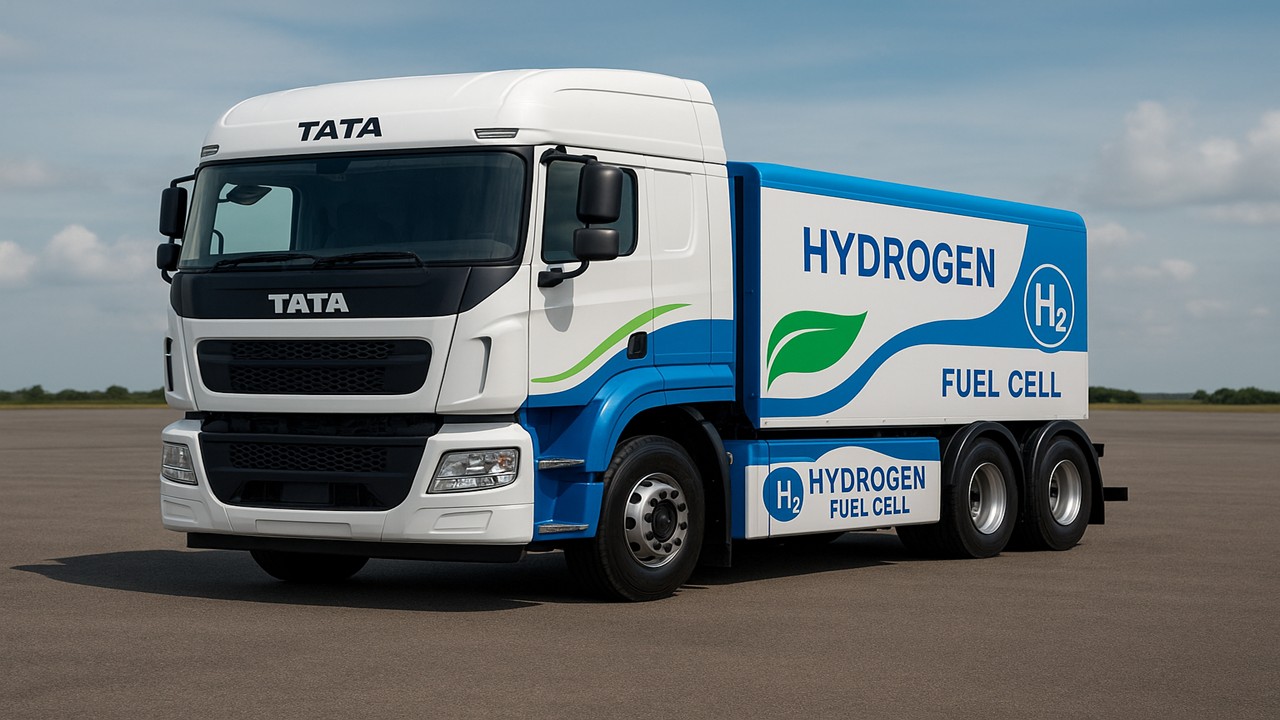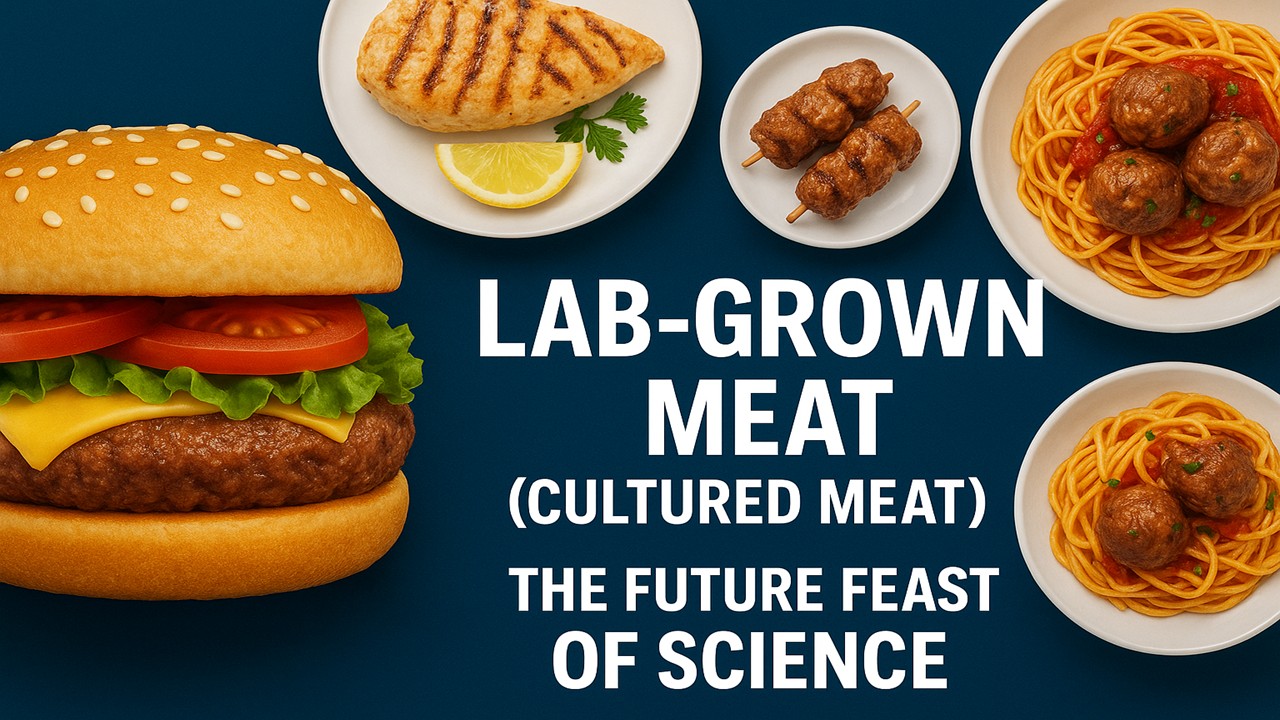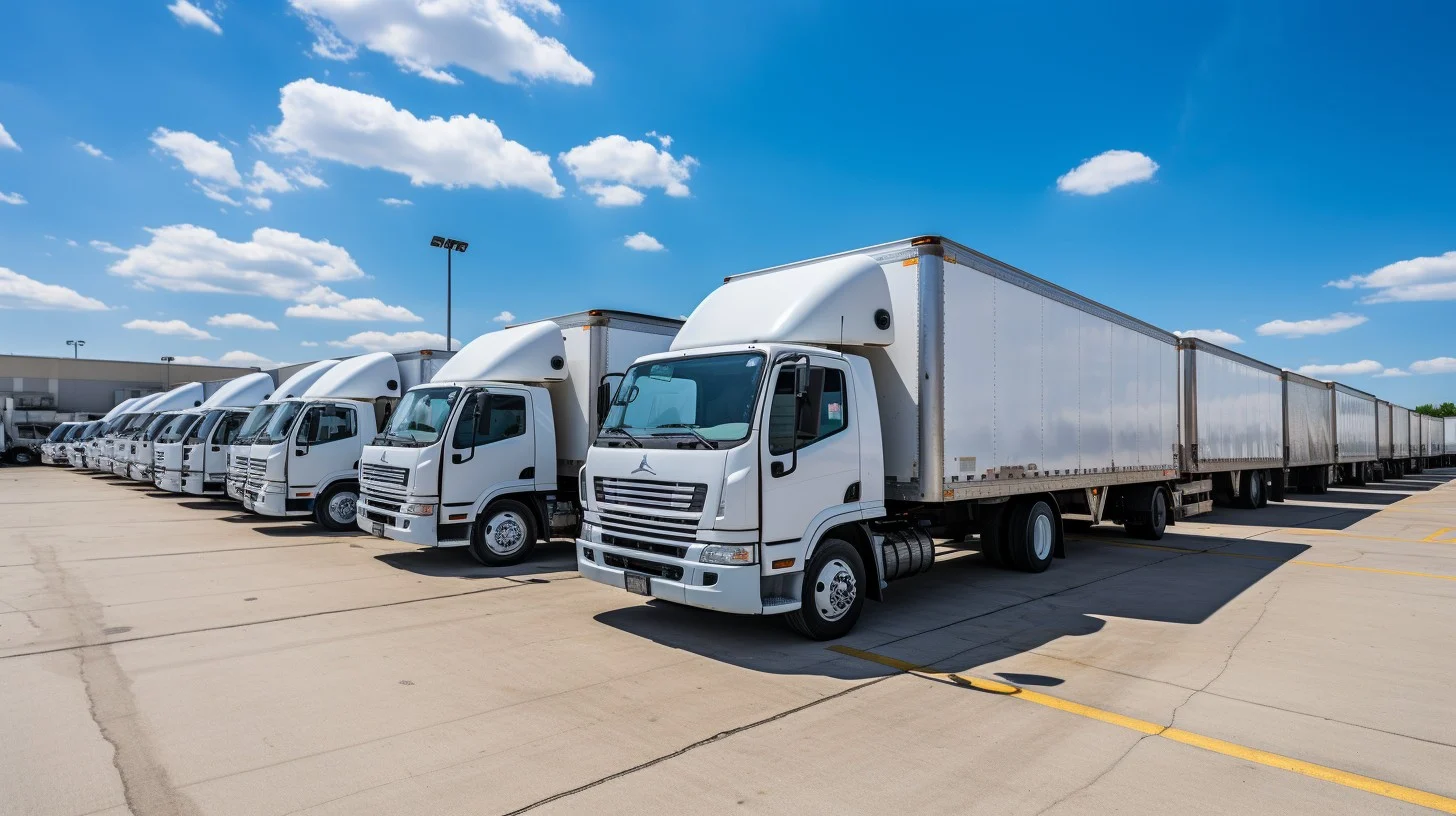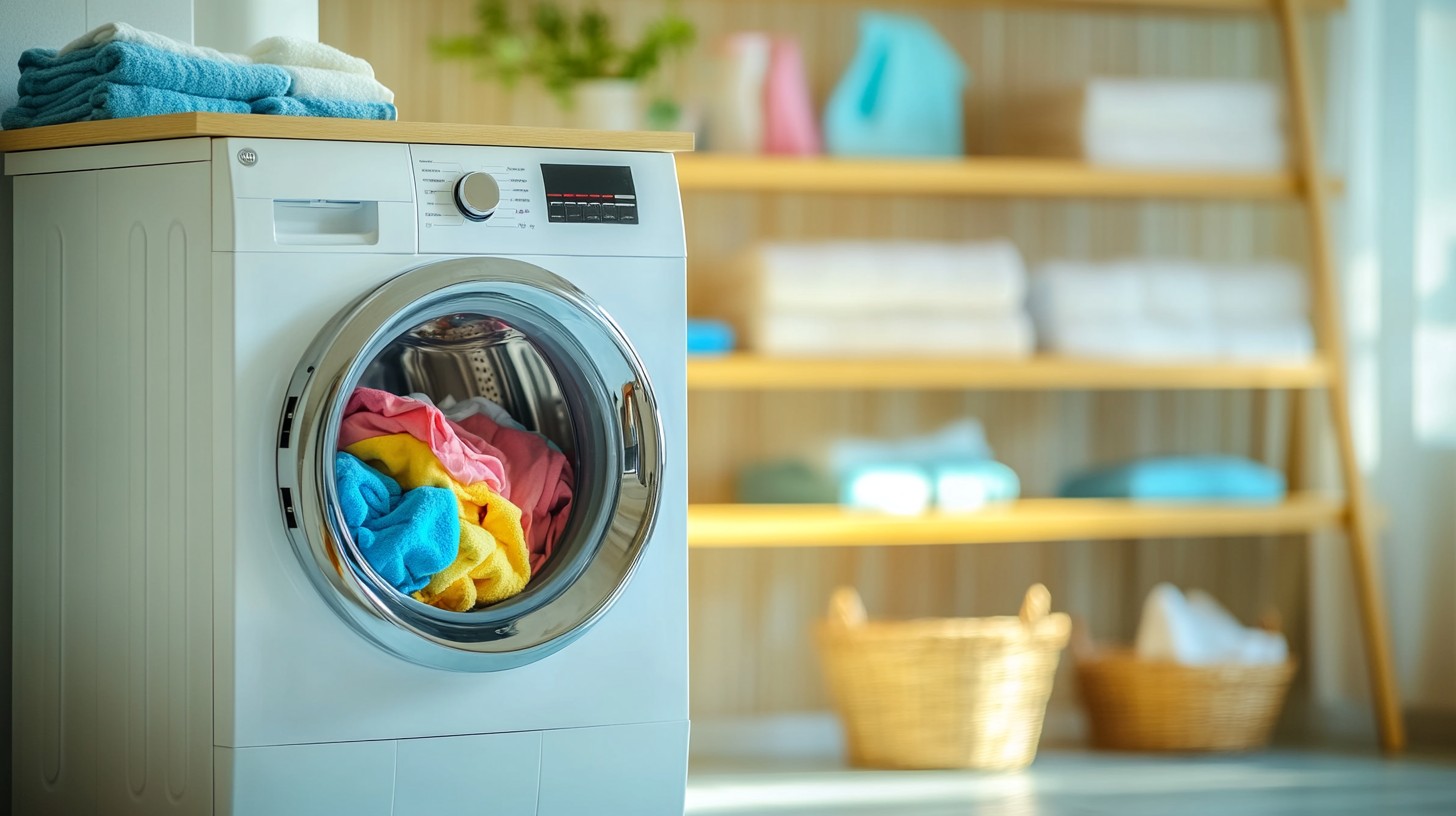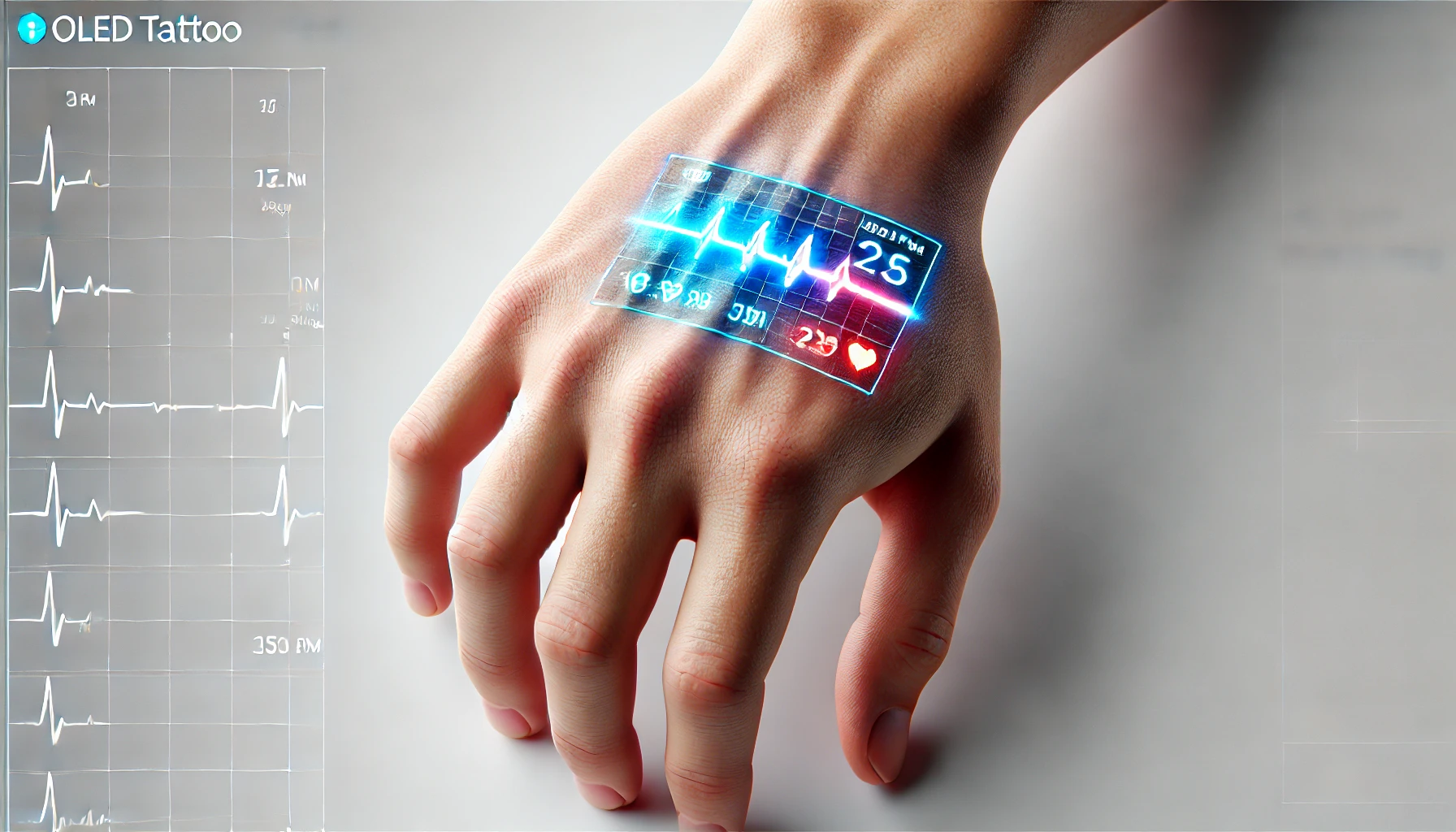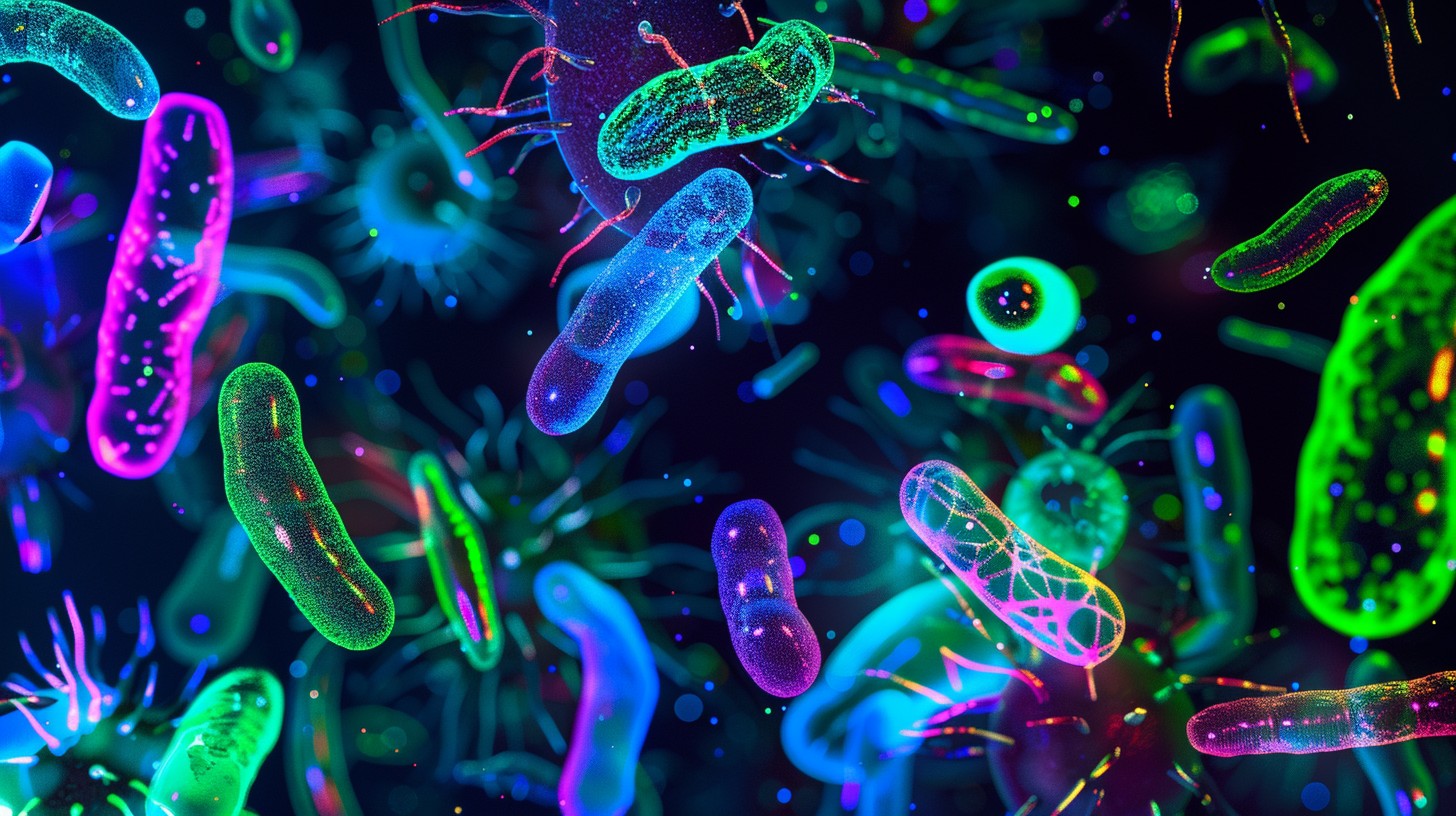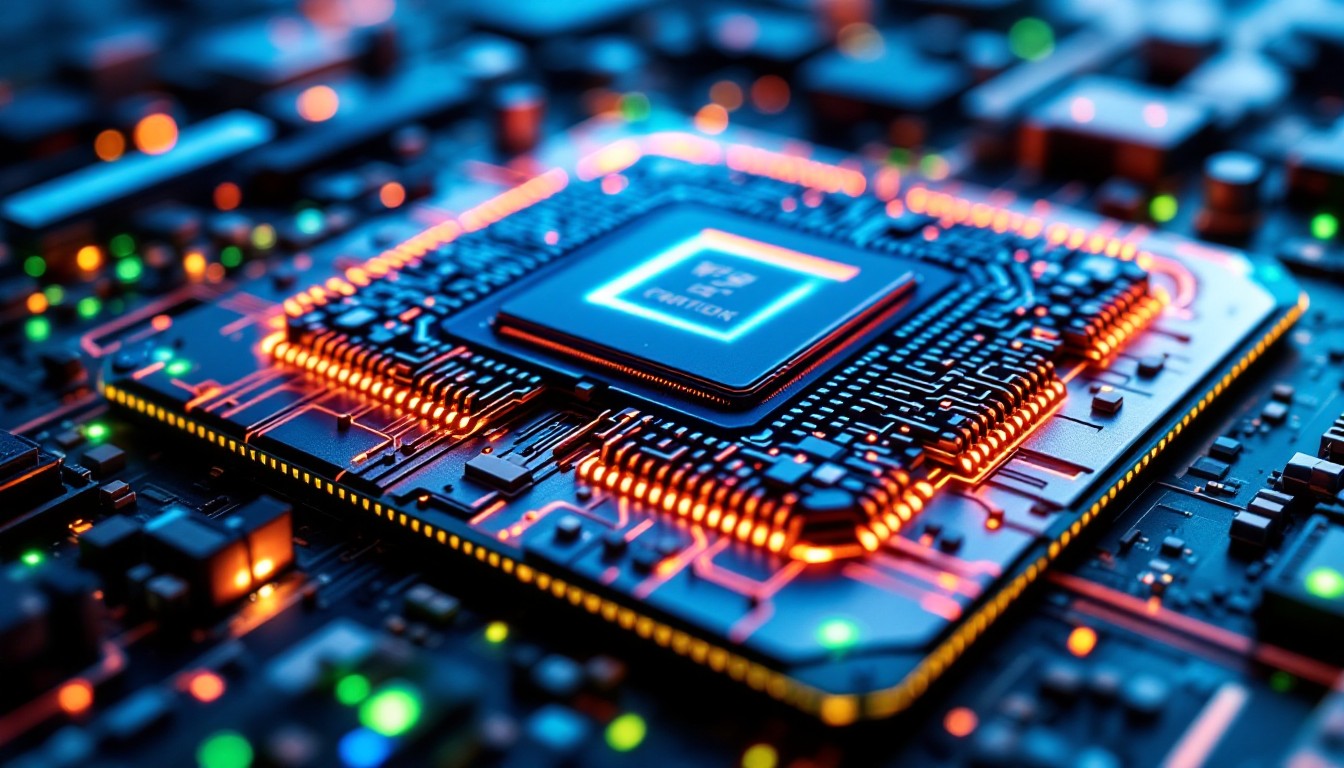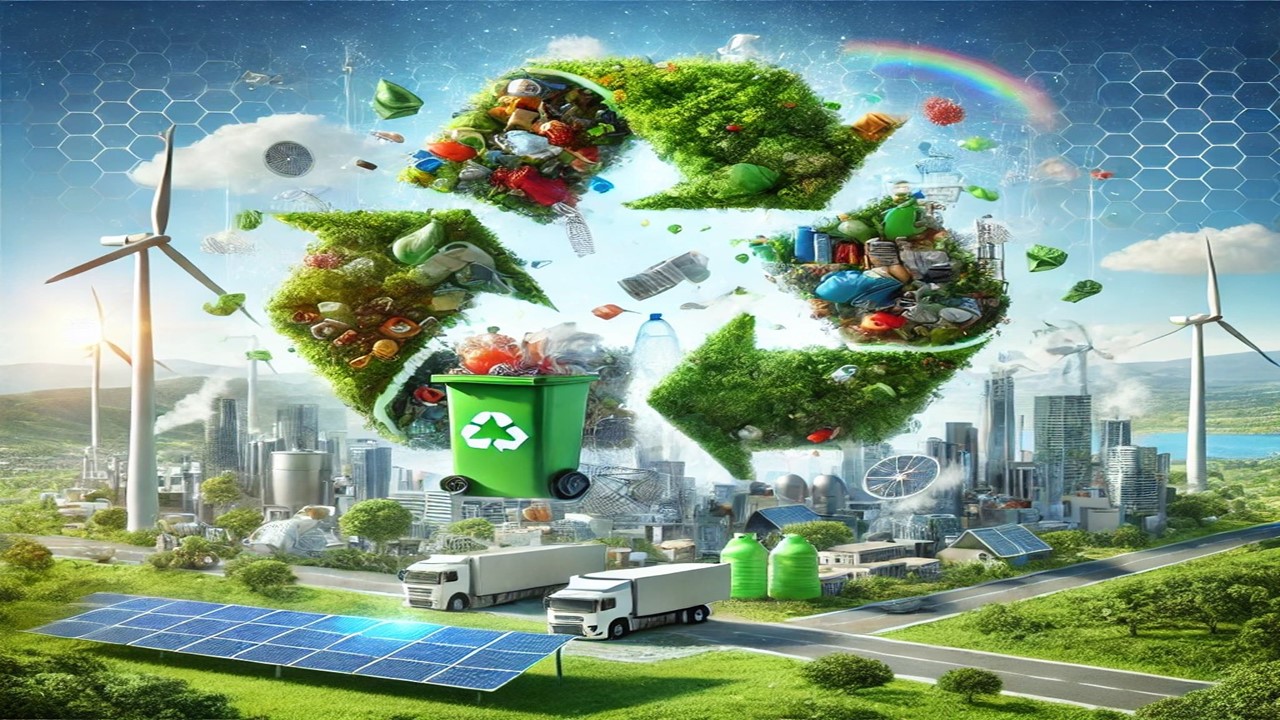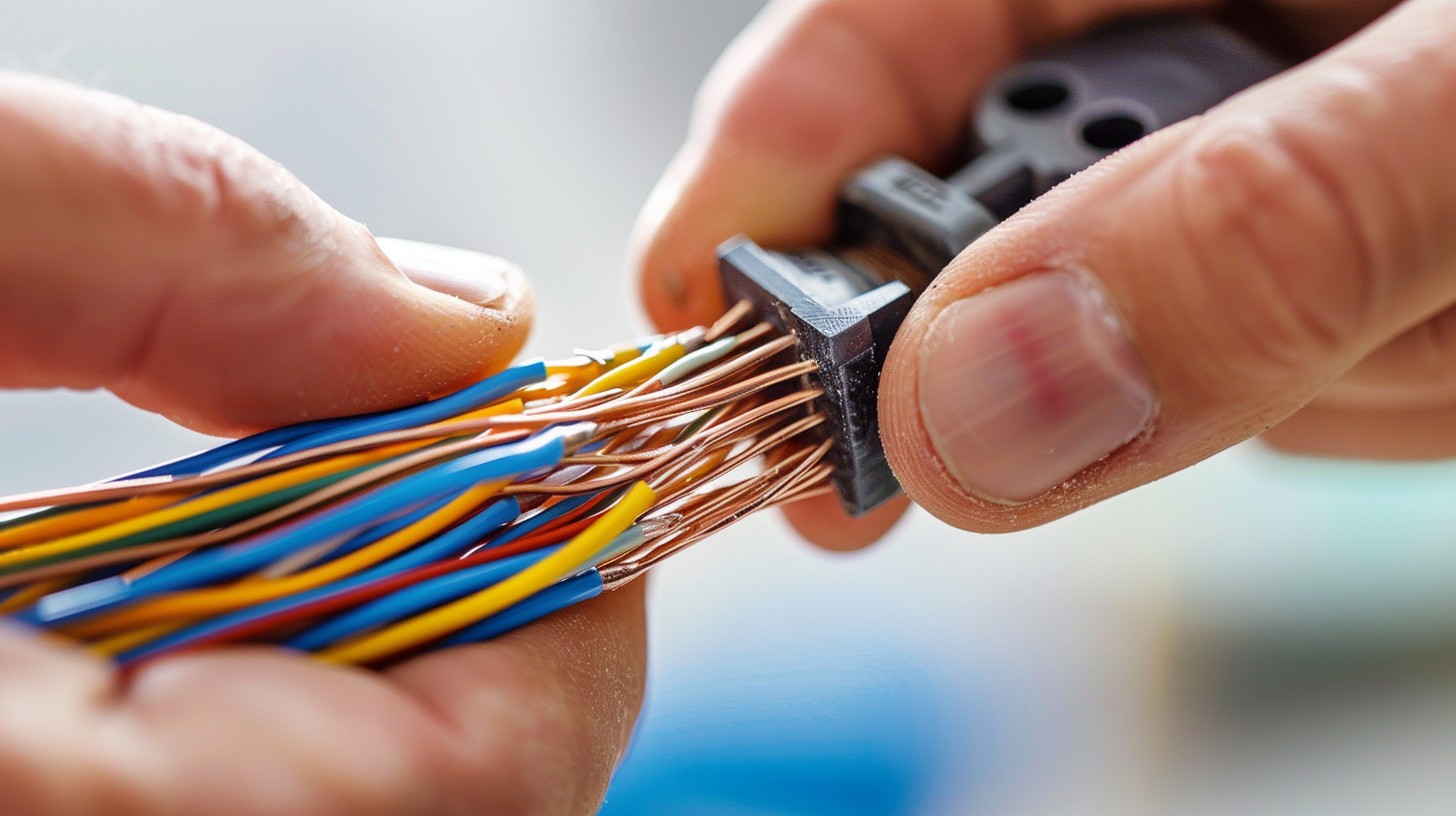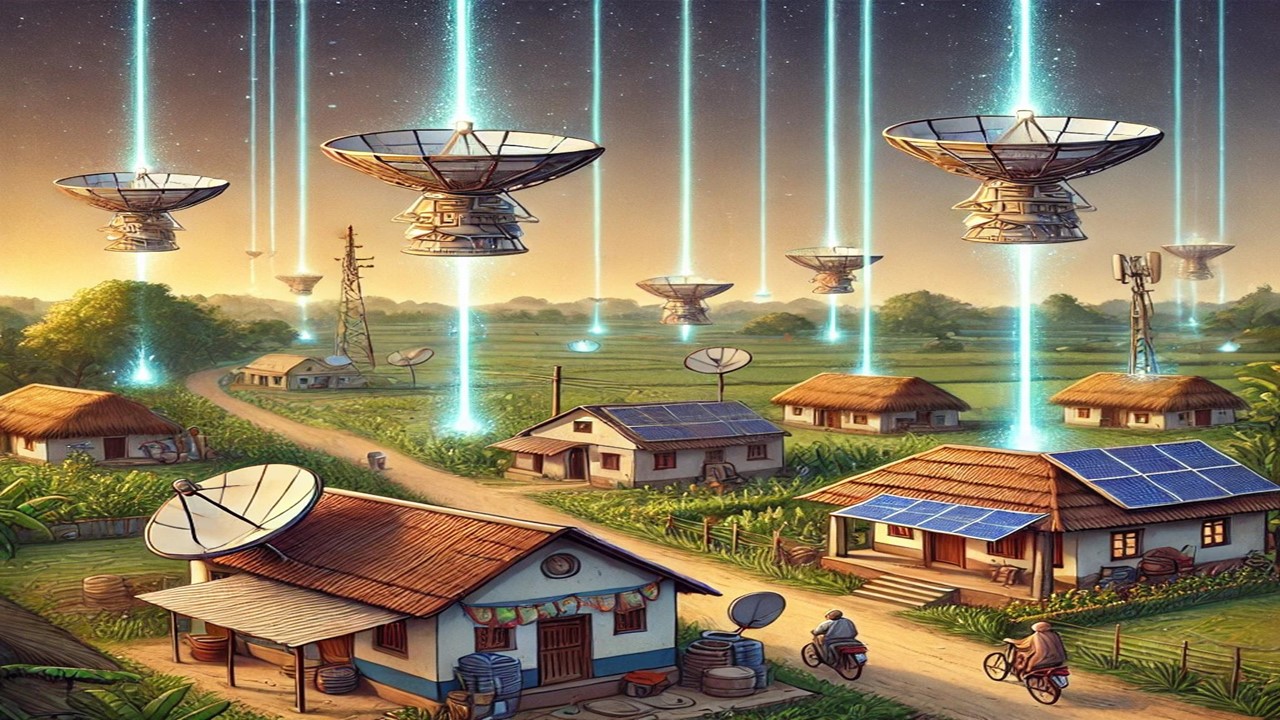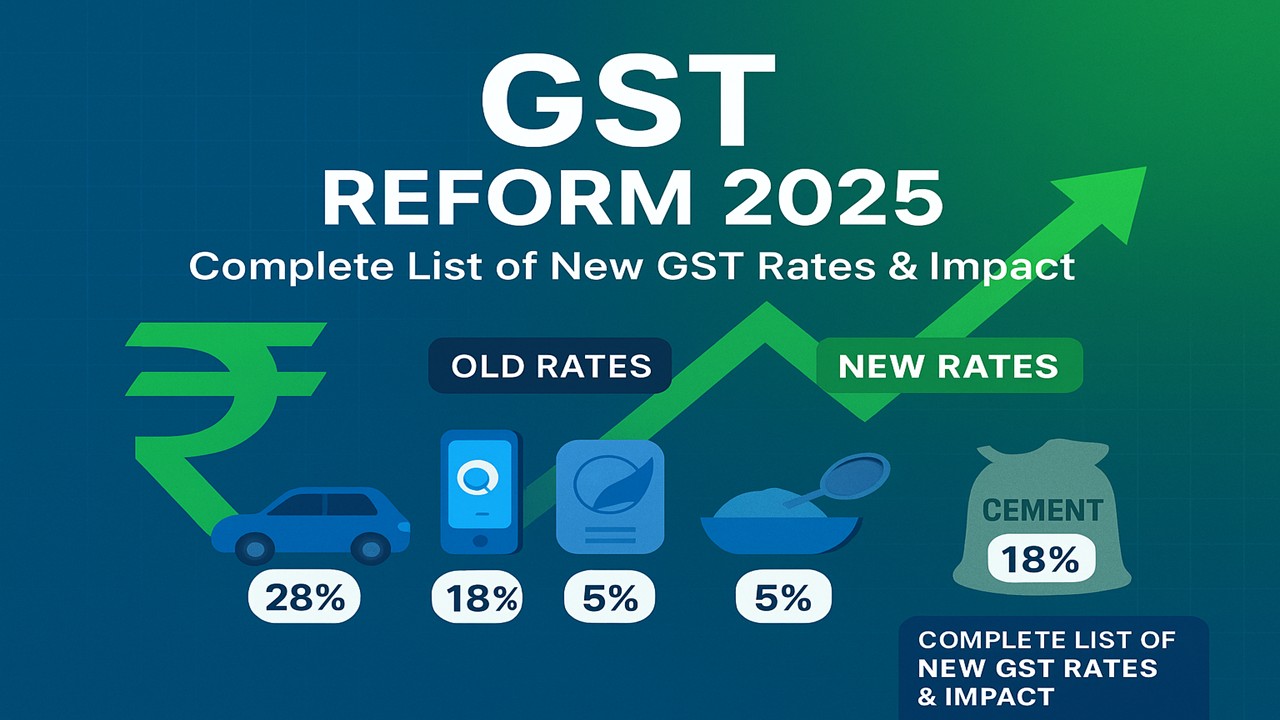
हिंदी में पढ़ने के लिए मेनू बार से हिंदी भाषा चयन करें।
The Goods and Services Tax (GST) Council has approved one of the biggest reforms since the launch of GST in 2017. The reform aims to simplify the structure, reduce compliance costs, and give relief to consumers. Earlier, GST had four major slabs (5%, 12%, 18%, 28%), which created confusion and several cases of “inverted duty structure” (where raw materials were taxed higher than the finished product).
Now, the GST system has been streamlined into three effective slabs:
- Merit rate: 5%
- Standard rate: 18%
- Special de-merit rate: 40% (for luxury or sin goods)
- Essential items continue under Nil (0%).
This reform not only cuts taxes on many everyday essentials, medicines, insurance, hotels, and consumer goods but also removes structural problems that often prevented the benefit from reaching consumers. The Council has announced that the changes will be effective from 22nd September 2025, except for tobacco-related products which will shift later.
Let’s explore in detail: what has changed, which products and services are cheaper, where rates have increased, and whether consumers will truly benefit.
Key Highlights of GST Reform 2025
Simplified GST Rates
- 5% (Merit goods)
- 18% (Standard rate)
- 40% (Luxury/sin goods)
- Nil (for essentials like bread, fresh milk, fresh vegetables, etc.)
Implementation
- New rates applicable from 22 September 2025.
- Tobacco, pan masala, and cigarettes will move to the new system in a separate phase.
Big Changes for Consumers
1. Insurance Becomes Tax-Free
- Individual Health and Life Insurance policies (including reinsurance) now at 0% GST (earlier 18%).
- Example: A health insurance premium of ₹20,000 earlier attracted ₹3,600 GST. Now, ₹0.
2. Hotels & Personal Care
- Hotels up to ₹7,500 per night: 12% → 5% (no ITC).
- Beauty parlours, gyms, yoga services: 18% → 5% (no ITC).
3. Healthcare & Medicines
- Most medicines: 12% → 5%.
- 33 life-saving drugs: 12% → 0%.
- 3 drugs: 5% → 0%.
- Medical devices, diagnostic kits, bandages: 18%/12% → 5%.
4. Food & Beverages
- UHT milk: 5% → 0%.
- Cheese, butter, ghee: 12% → 5%.
- Pre-packaged Indian breads (roti, paratha, parotta): Now 0%.
- Plant-based milk/soy drink: Now 5%.
- Sauces, pasta, chocolates, coffee: mostly to 5%.
5. Vehicles
- Small cars (petrol/diesel under 4m, 1200–1500cc): 28% → 18%.
- Motorcycles ≤ 350cc: 28% → 18%.
- Motorcycles > 350cc, mid-sized & SUVs: 40%.
- Buses, trucks, ambulances: 28% → 18%.
6. Construction & Housing
- Cement: 28% → 18%.
- Work contracts (govt/oil & gas related): 12% → 18%.
7. Agriculture & Renewable Energy
- Agricultural machinery, soil-prep, harvesters, drip irrigation: 12% → 5%.
- Bicycles and parts: 12% → 5%.
- Renewable energy devices (solar/wind): 12% → 5%.
8. Consumer Durables
- TVs (all sizes): 28% → 18%.
- Air conditioners & dishwashers: 28% → 18%.
- Household utensils & kitchenware: 12–18% → 5%.
9. Services
- Air travel (business class): 12% → 18%.
- Multimodal goods transport: 12% → 5% (limited ITC).
- Third-party truck insurance: 12% → 5% (with ITC).
- Cinema tickets ≤ ₹100: 12% → 5%.
- Online gaming, casinos, lotteries: 28% → 40%.
Raw Materials vs Finished Goods – Real Impact
The reform reduces tax not only on final products but also on inputs, ensuring the benefit flows down:
- Textiles (man-made): Fibre (18%→5%), yarn (12%→5%) → finished garments cheaper.
- Fertilisers: Sulphuric/nitric acid, ammonia (18%→5%) → production cost down, cheaper inputs for farmers.
- Processed Food Inputs: Starch (12%→5%), malt (18%→5%), vegetable extracts (18%→5%) → cheaper cost for noodles, sauces, and beverages.
- Renewable & Agri Equipment: Devices (12%→5%) → lower project costs.
- Cement: (28%→18%) → housing and infrastructure cheaper.
Examples of Real Savings
- A cement bag costing ₹400 earlier had 28% GST = ₹112. Now 18% = ₹72 → ₹40 less.
- A ₹500 medicine earlier at 12% = ₹60 tax. Now at 5% = ₹25 → ₹35 saving.
- UHT milk (₹60/litre) earlier at 5% = ₹3. Now 0% = ₹3 saving.
- A small car worth ₹7 lakh earlier had 28% GST (₹1.96 lakh). Now at 18% (₹1.26 lakh) → ₹70,000 cheaper (excluding other charges).
Before vs After – Quick Tables
A) Food
| Item | Before | Now |
| UHT Milk | 5% | 0% |
| Cheese/Butter/Ghee | 12% | 5% |
| Indian Breads | Mixed | 0% |
| Plant-based Milk | 12–18% | 5% |
| Sauces/Chocolates/Coffee | 12–18% | 5% |
B) Healthcare
| Item | Before | Now |
| Health/Life Insurance | 18% | 0% |
| Medicines (most) | 12% | 5% |
| Life-saving Drugs (33) | 12% | 0% |
| Medical Devices | 12–18% | 5% |
C) Vehicles
| Item | Before | Now |
| Small Cars | 28% | 18% |
| Motorcycles ≤350cc | 28% | 18% |
| Motorcycles >350cc, SUVs | 28% | 40% |
| Trucks, Buses, Ambulances | 28% | 18% |
D) Consumer Durables
| Item | Before | Now |
| TV (all sizes) | 28% | 18% |
| AC/Dishwasher | 28% | 18% |
| Kitchenware | 12–18% | 5% |
Outcome
This GST reform is designed to simplify the tax structure, cut costs, and boost consumer confidence. By merging slabs and reducing rates on essentials, medicines, insurance, small vehicles, cement, agriculture, and renewable energy equipment, the government has ensured relief at multiple levels. At the same time, luxury items and activities like casinos and online gaming will face higher taxes at 40%.
The actual benefit to consumers will depend on how businesses pass on the reduced tax burden. However, by fixing inverted duty structures, the chances of genuine price cuts have increased significantly. Overall, this reform is a win-win for common citizens, businesses, and the economy.
Sources: Government of India GST Council updates, Press Information Bureau (PIB), Ministry of Finance notifications.








